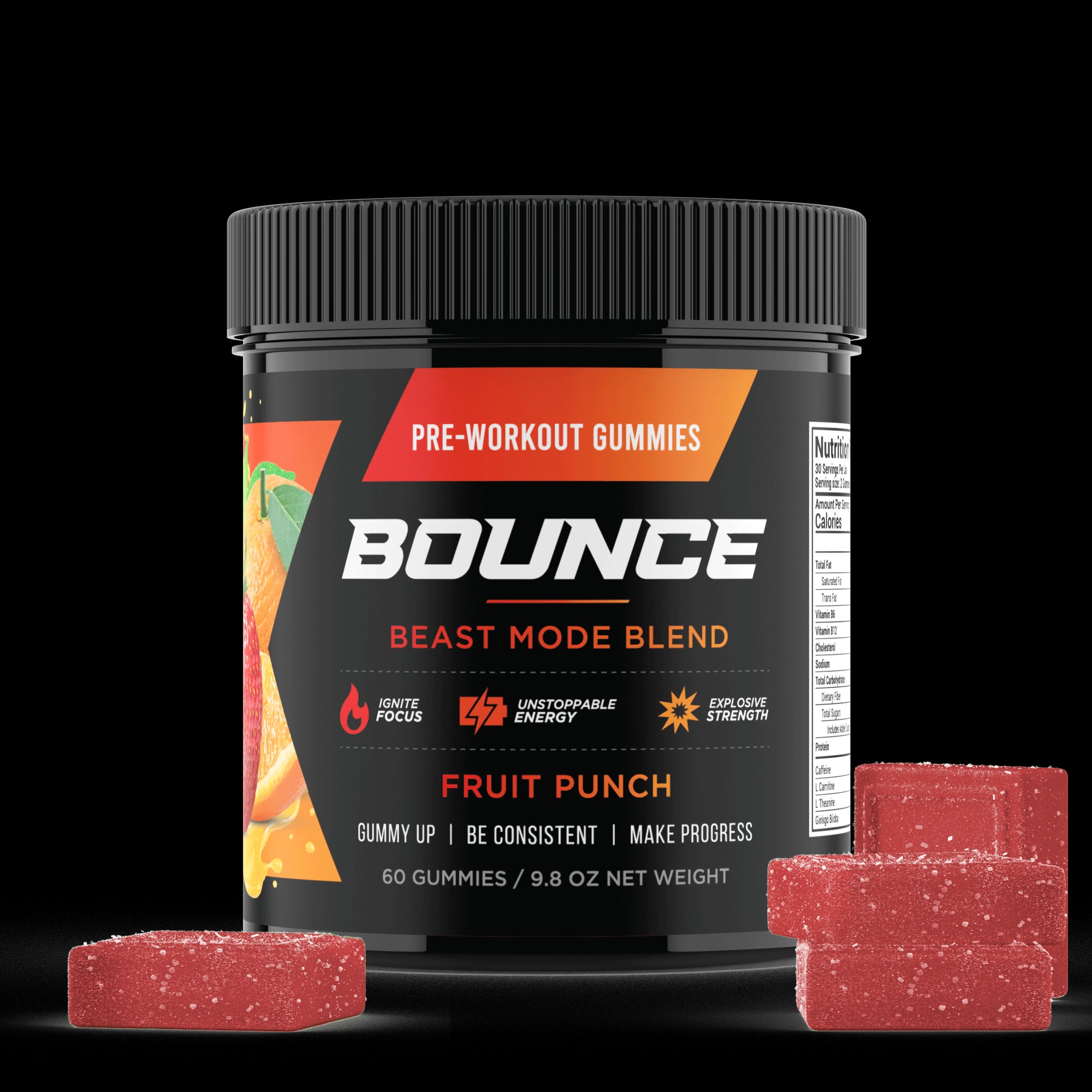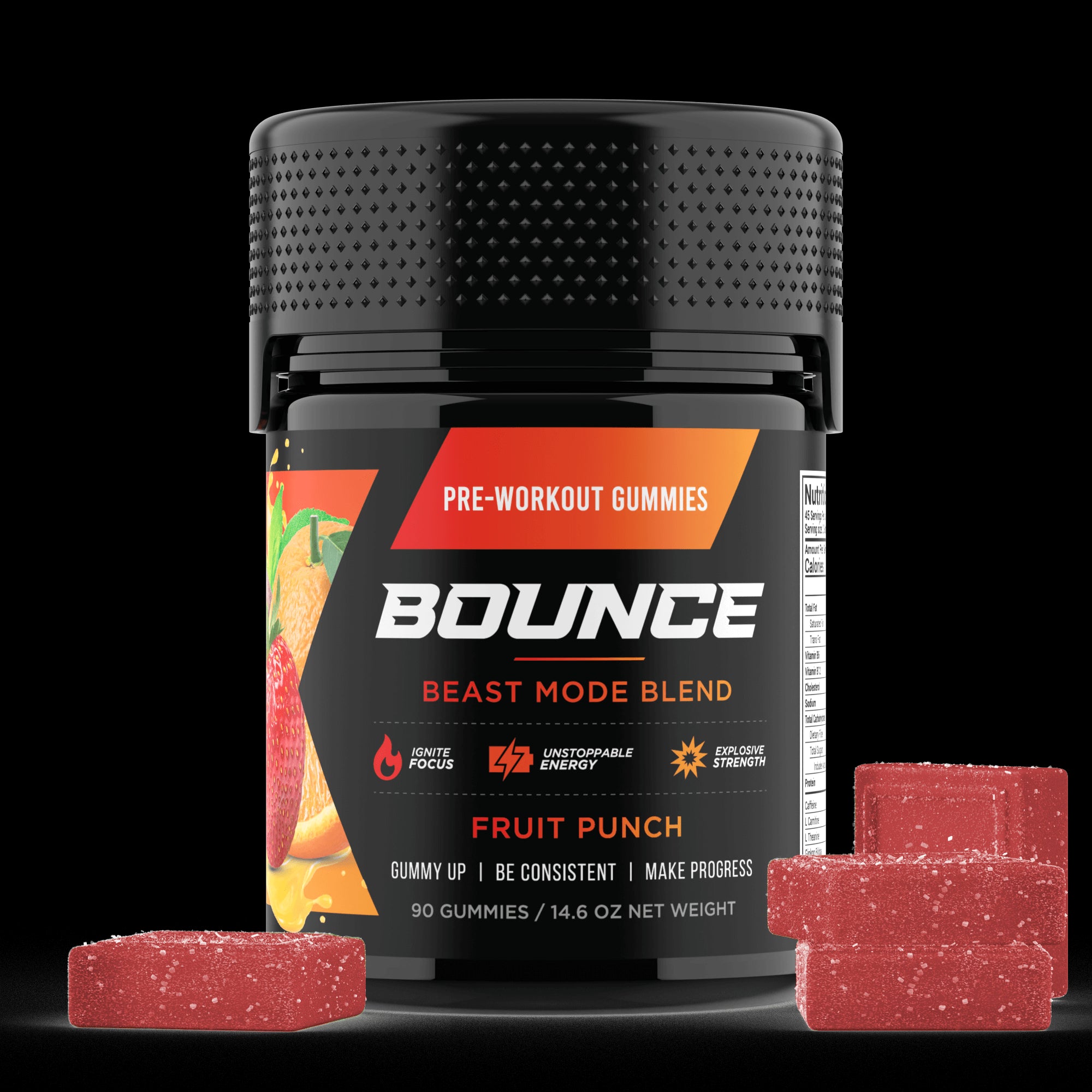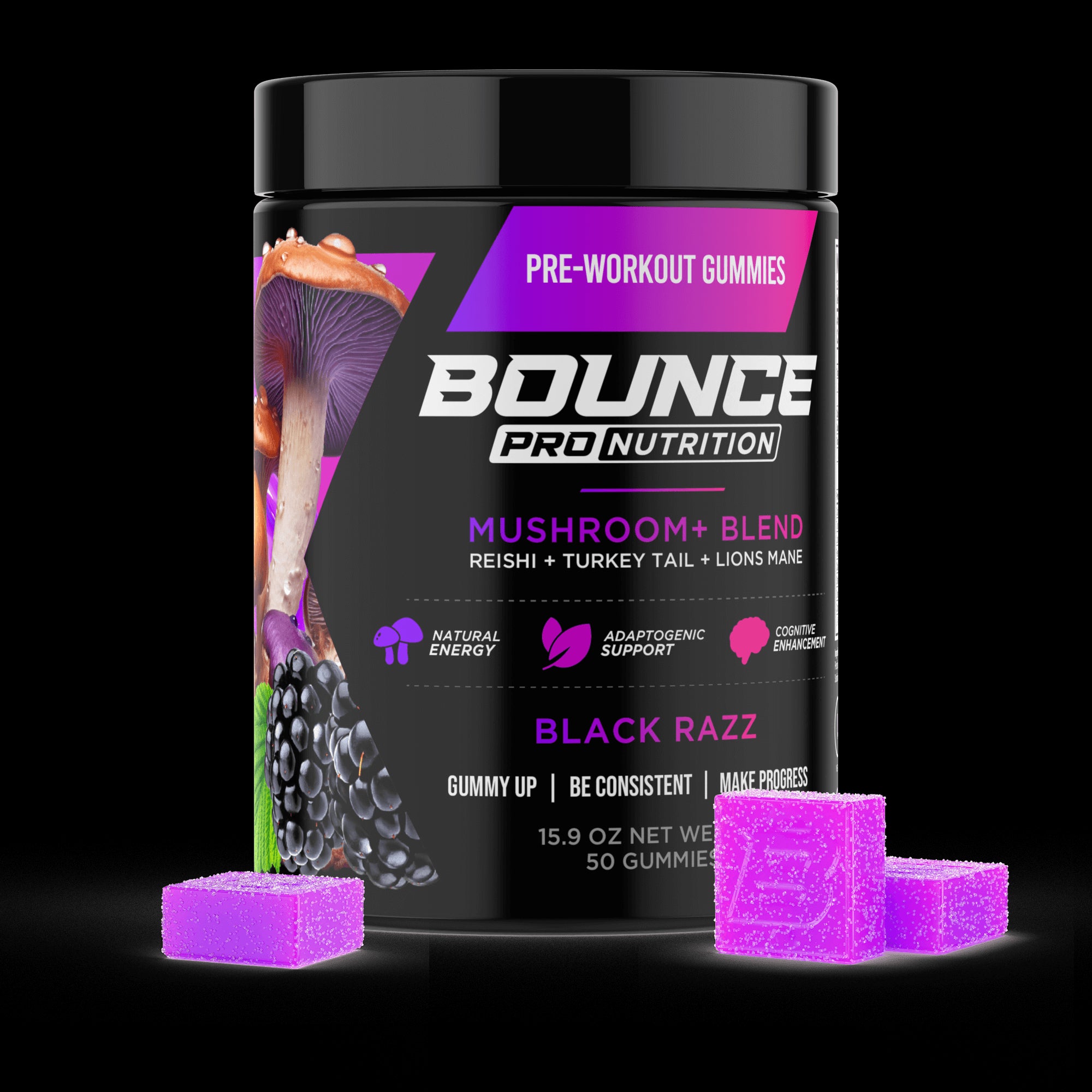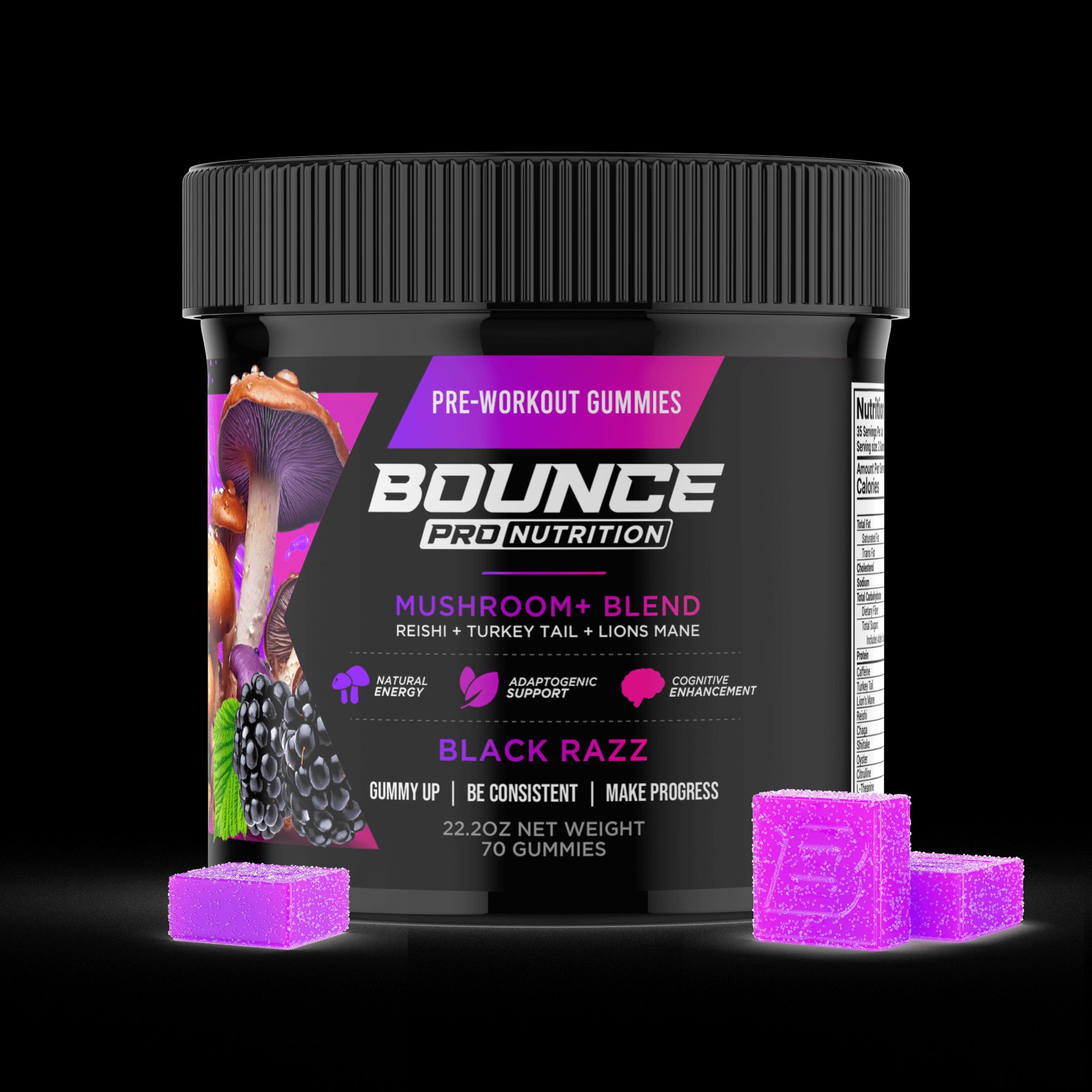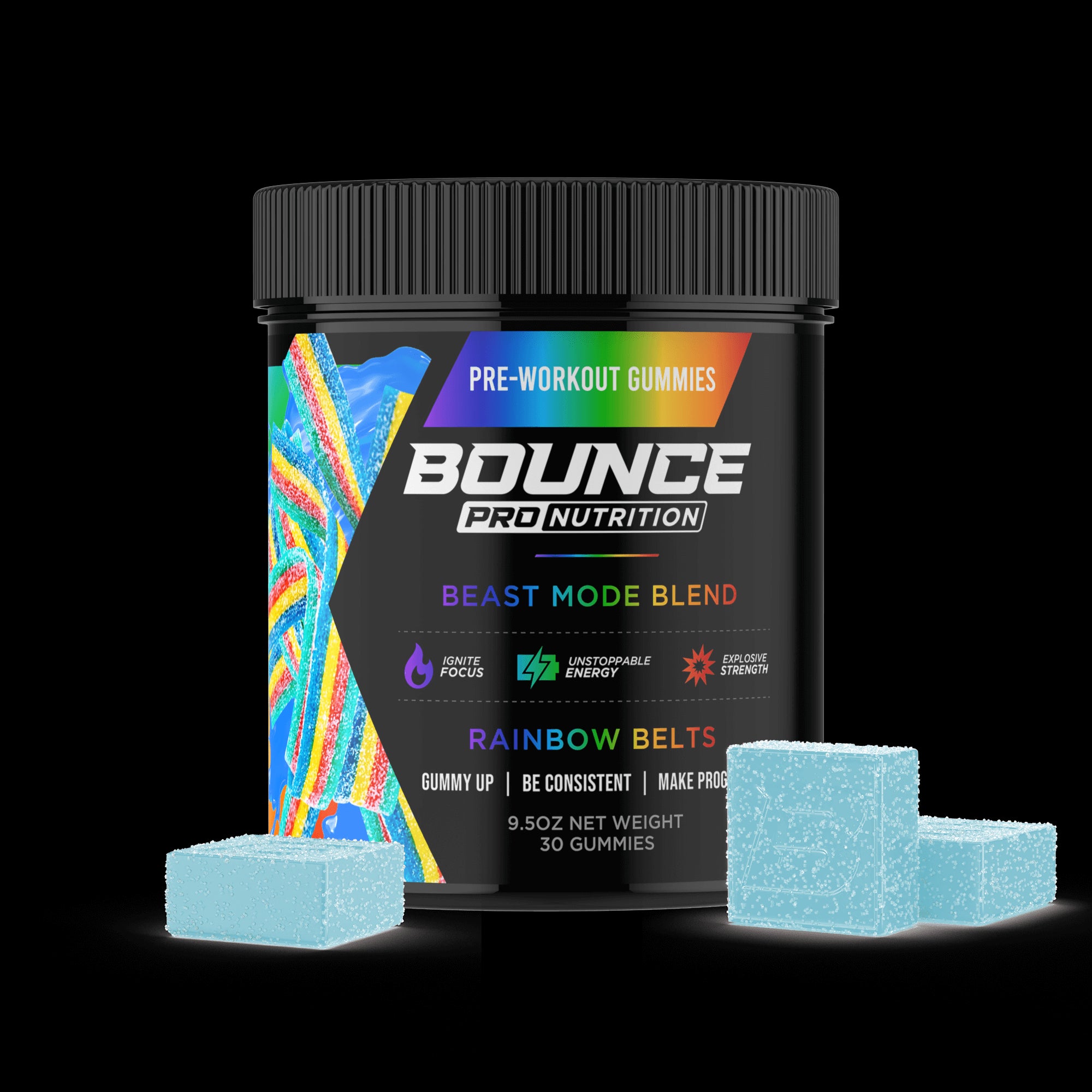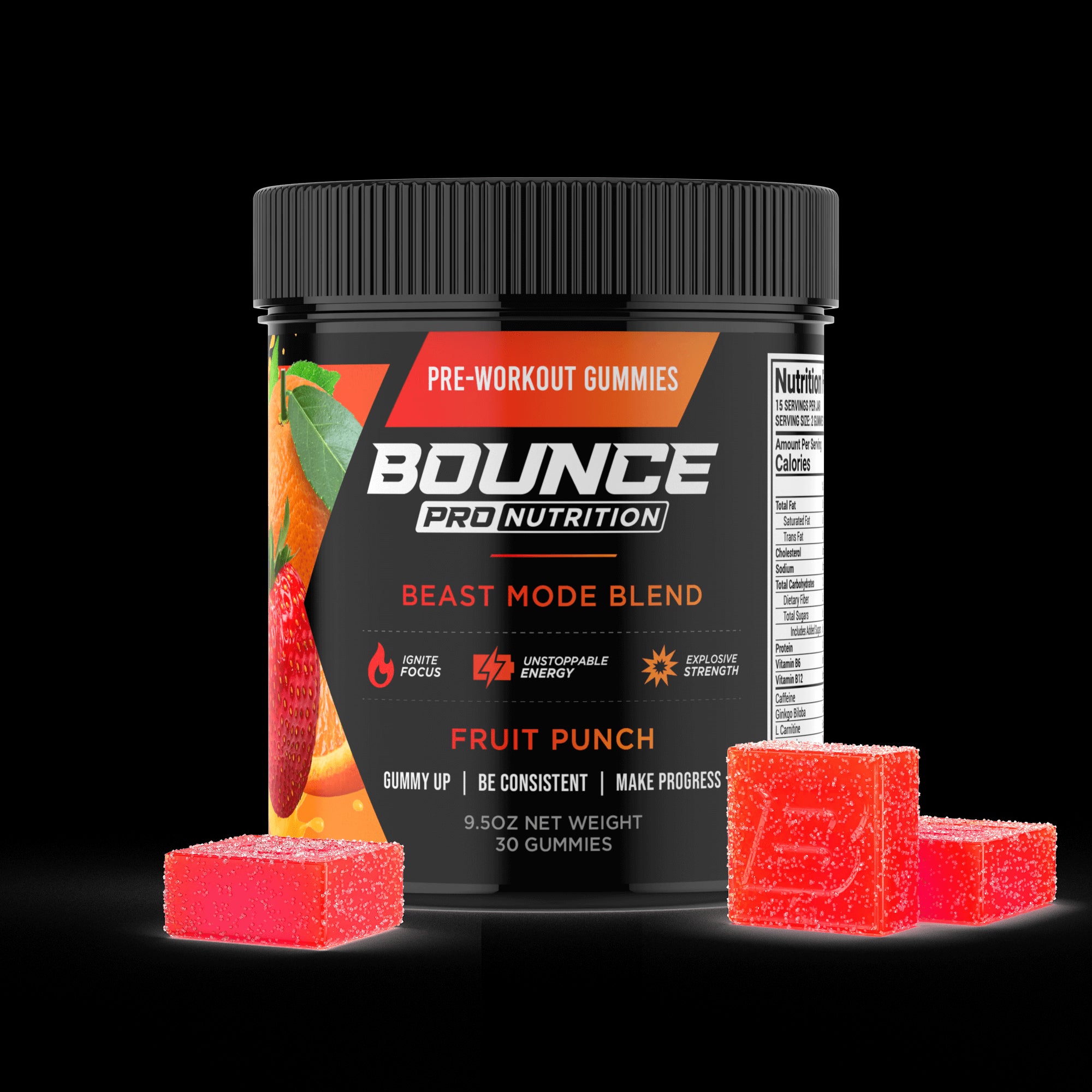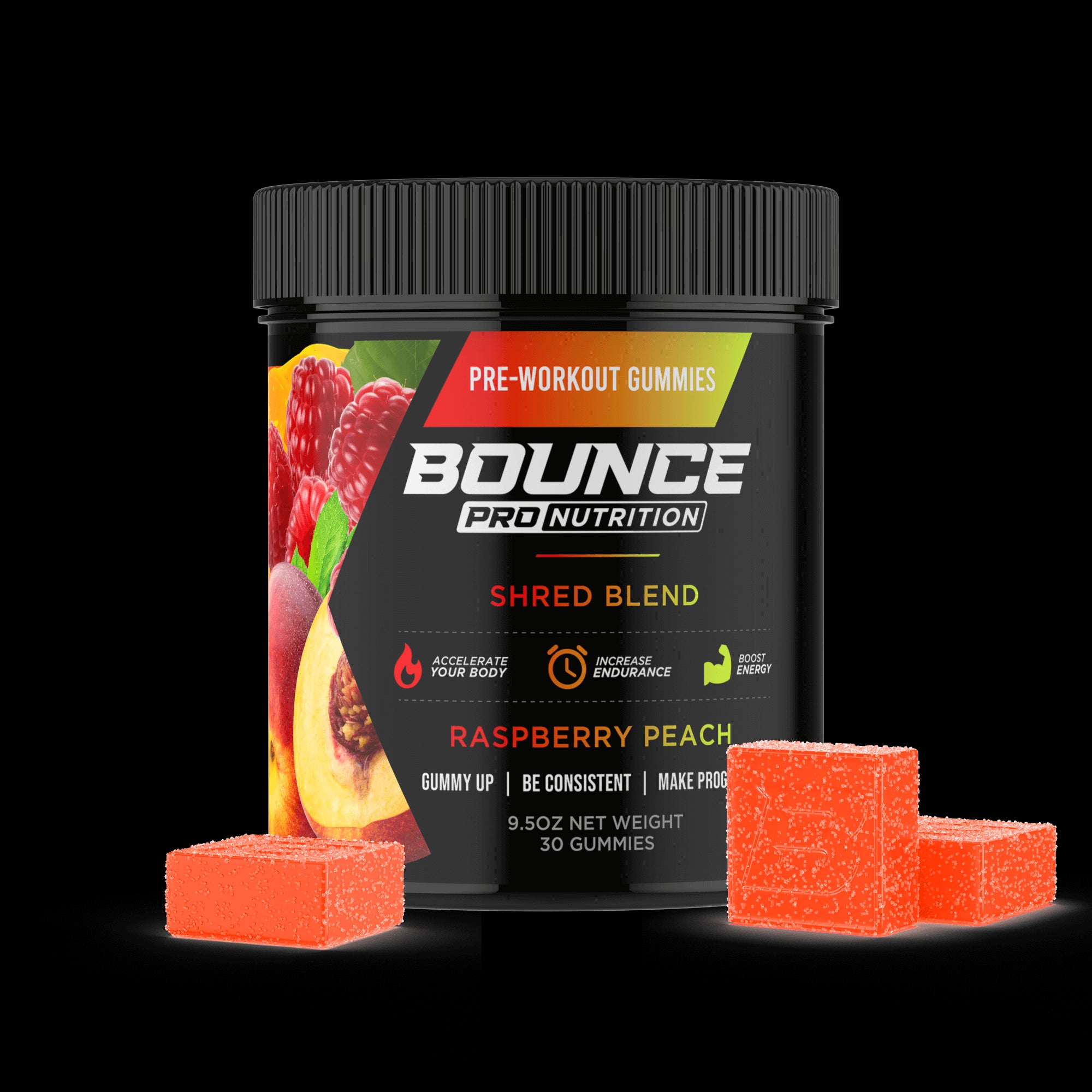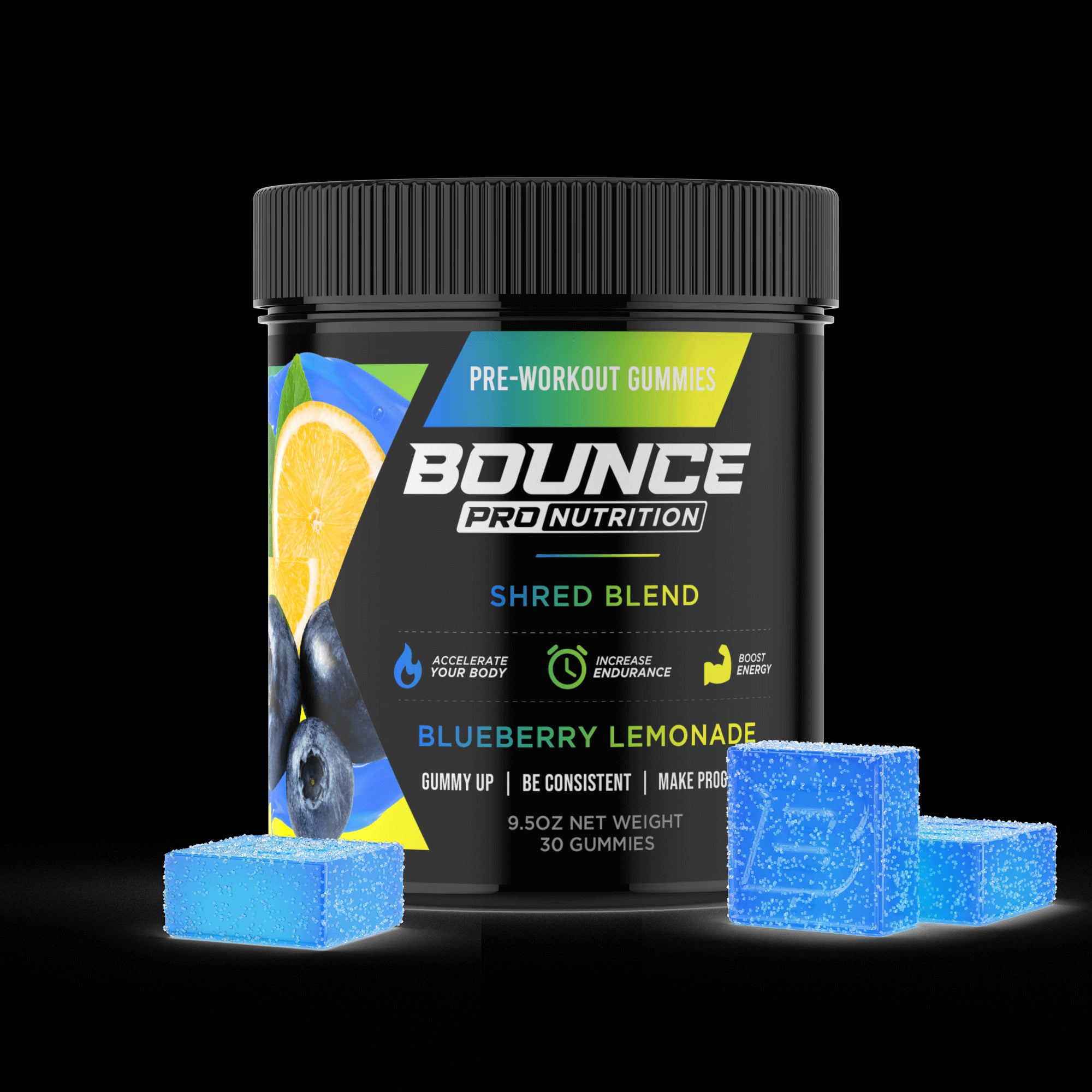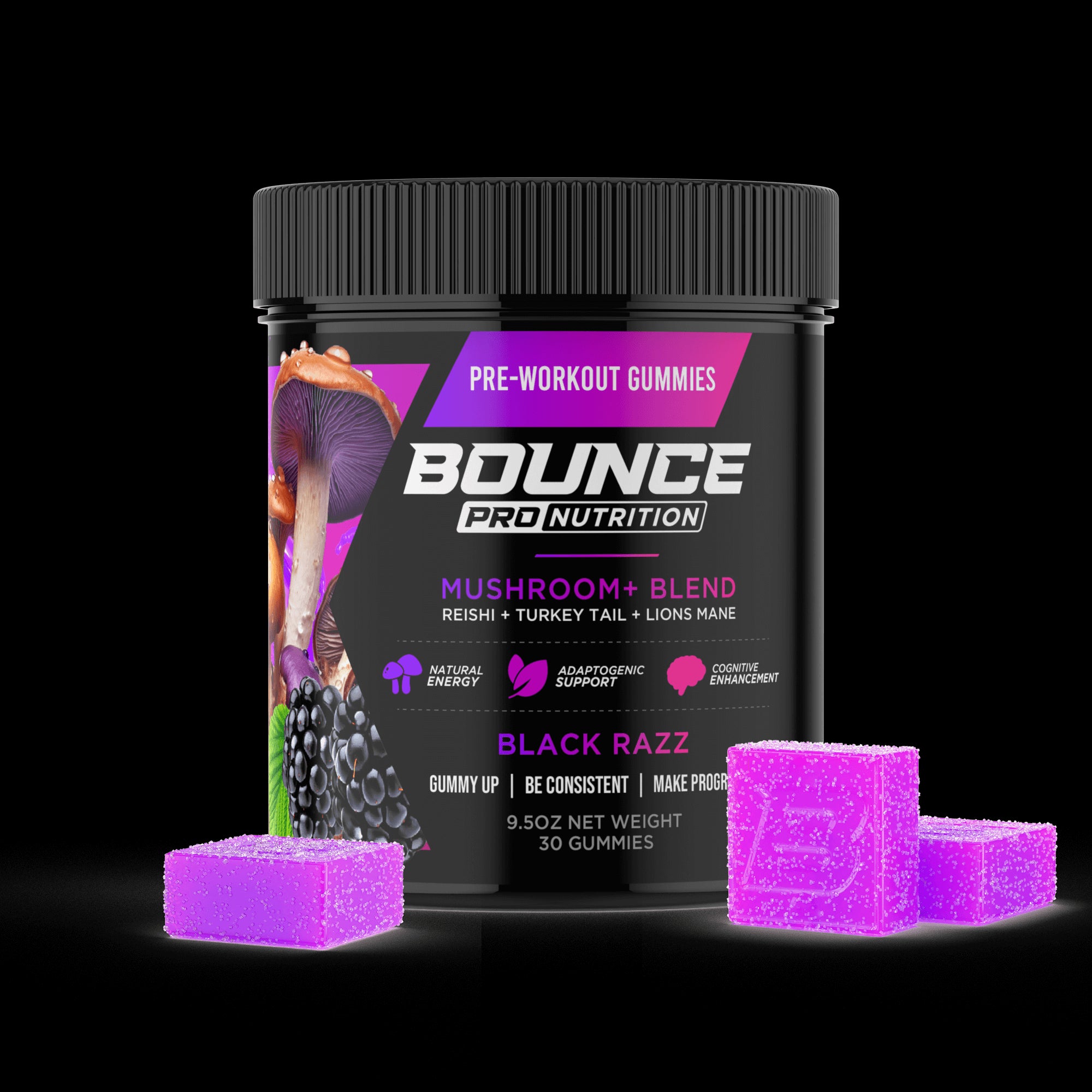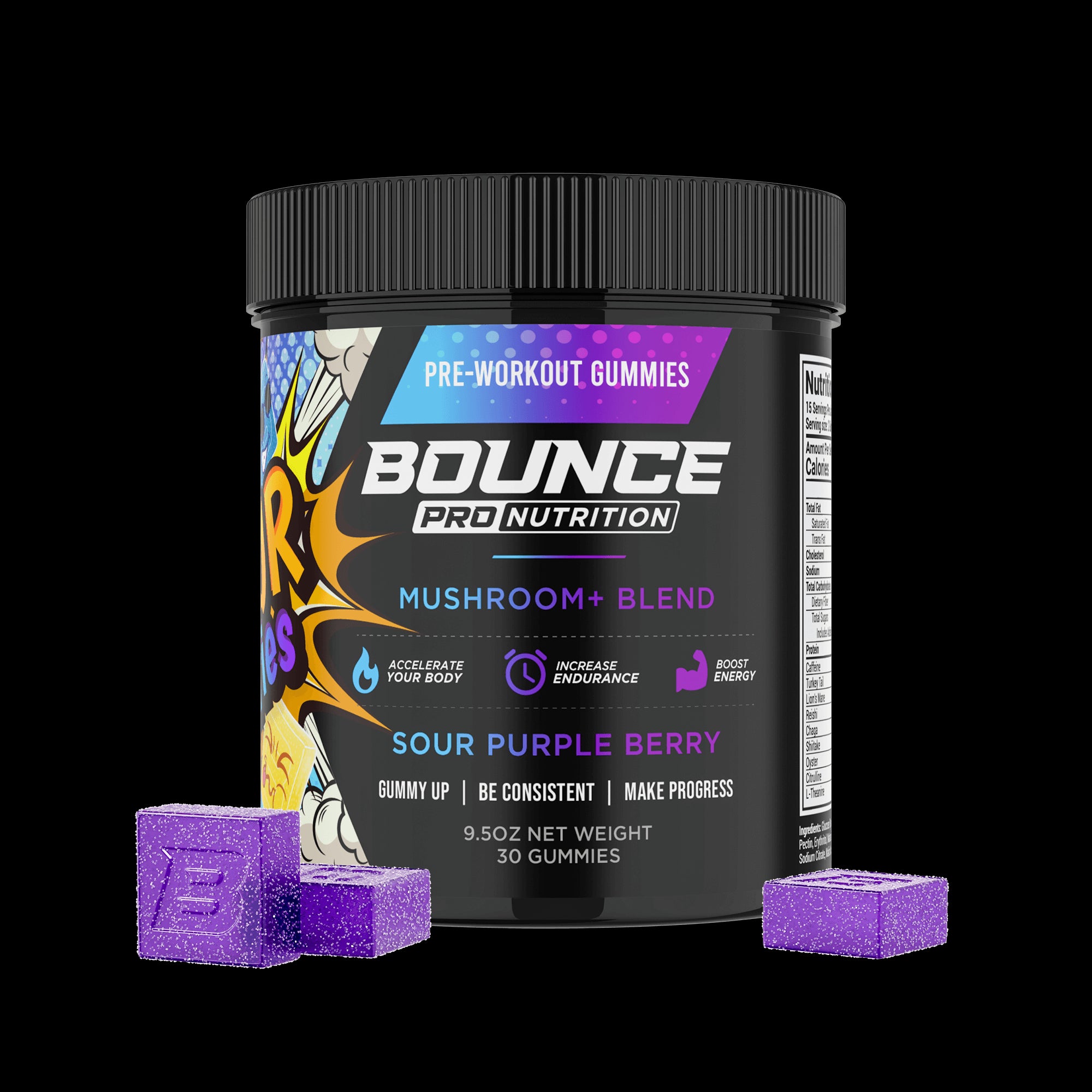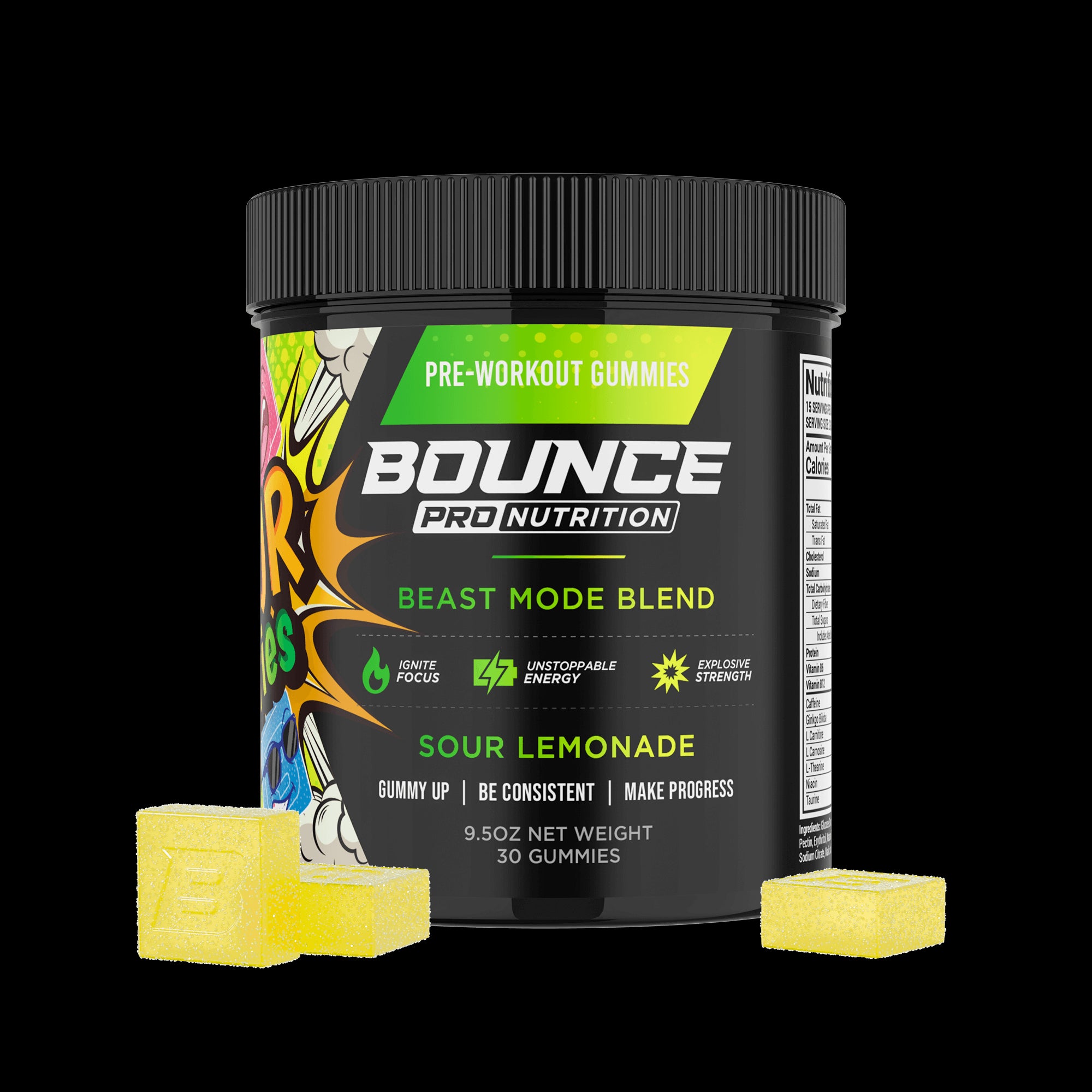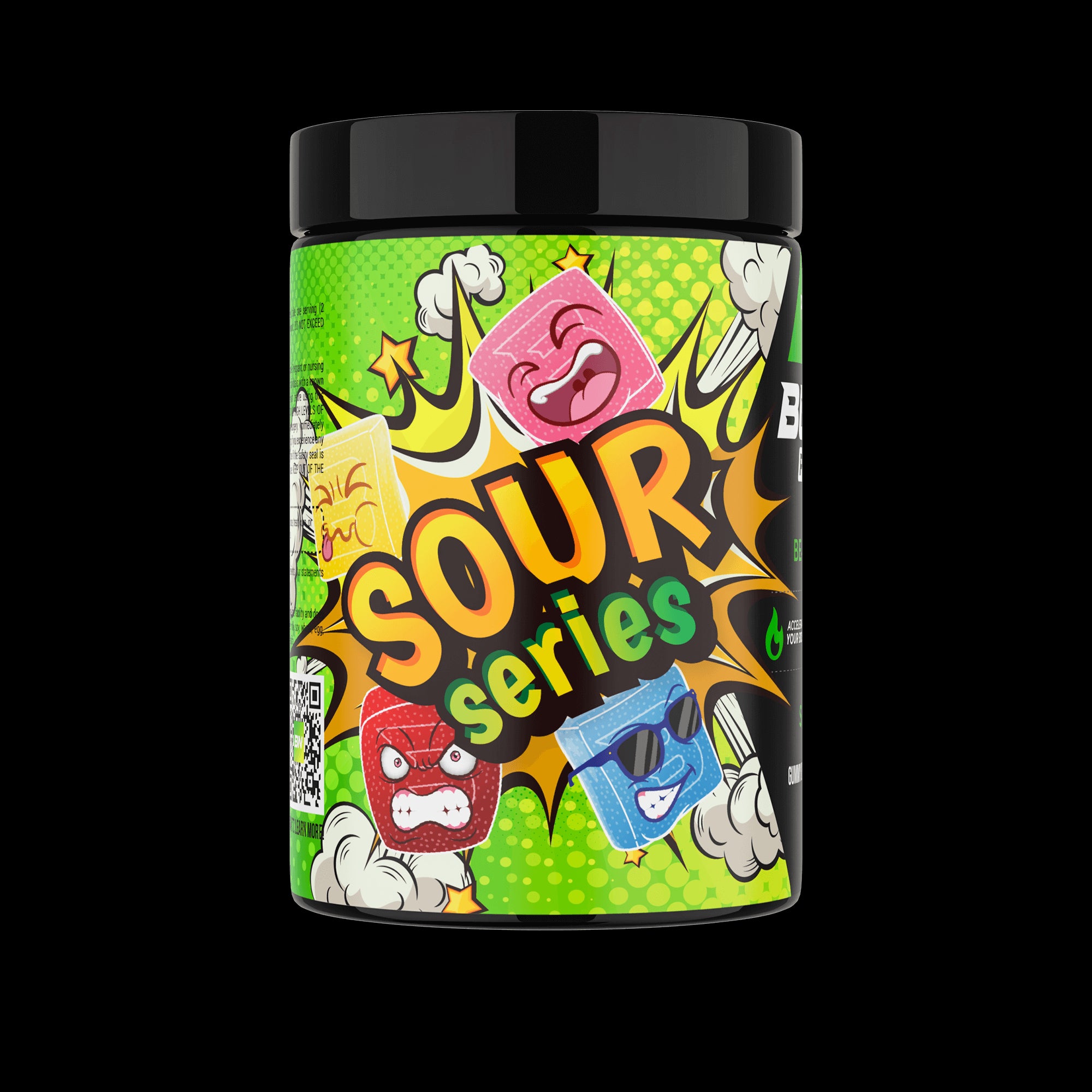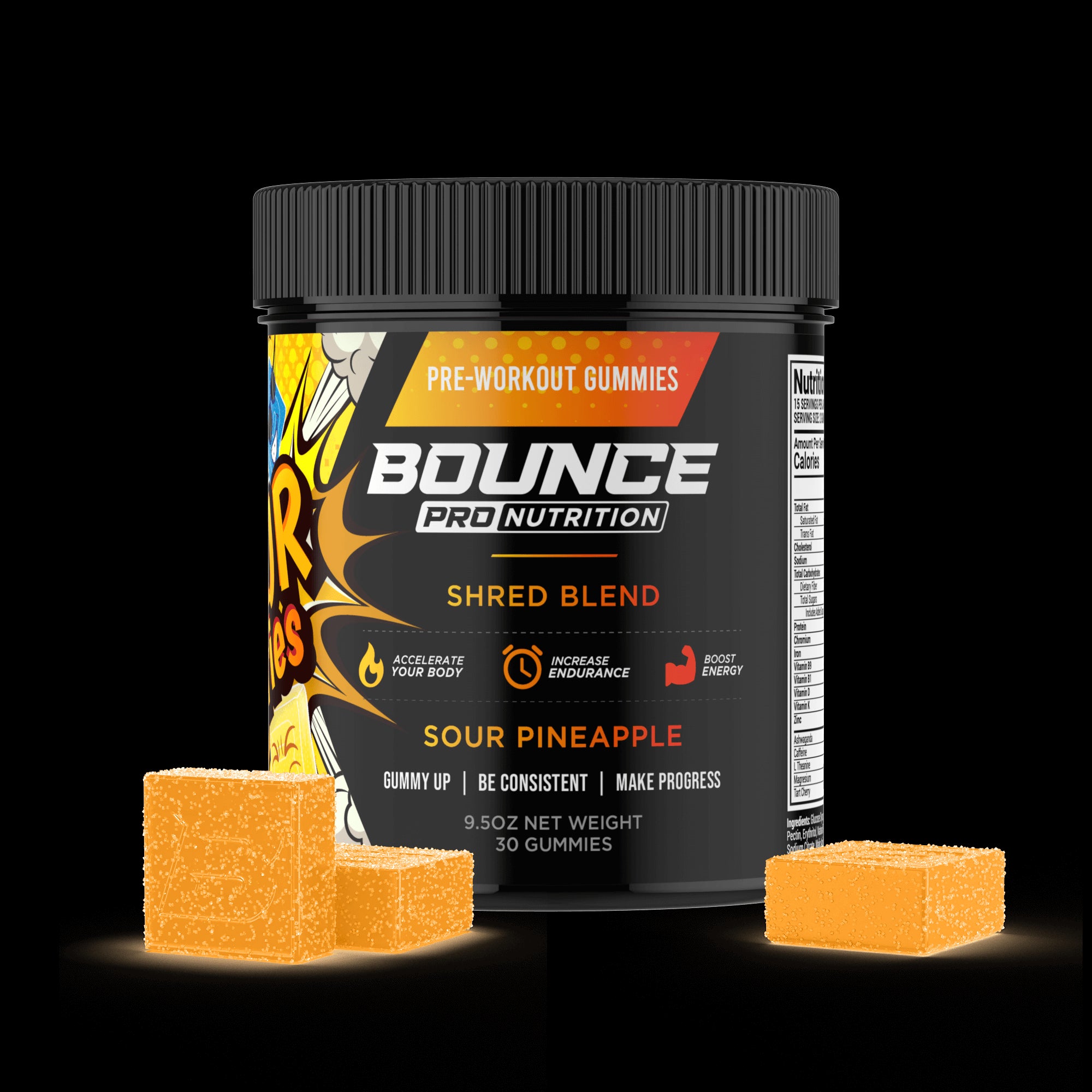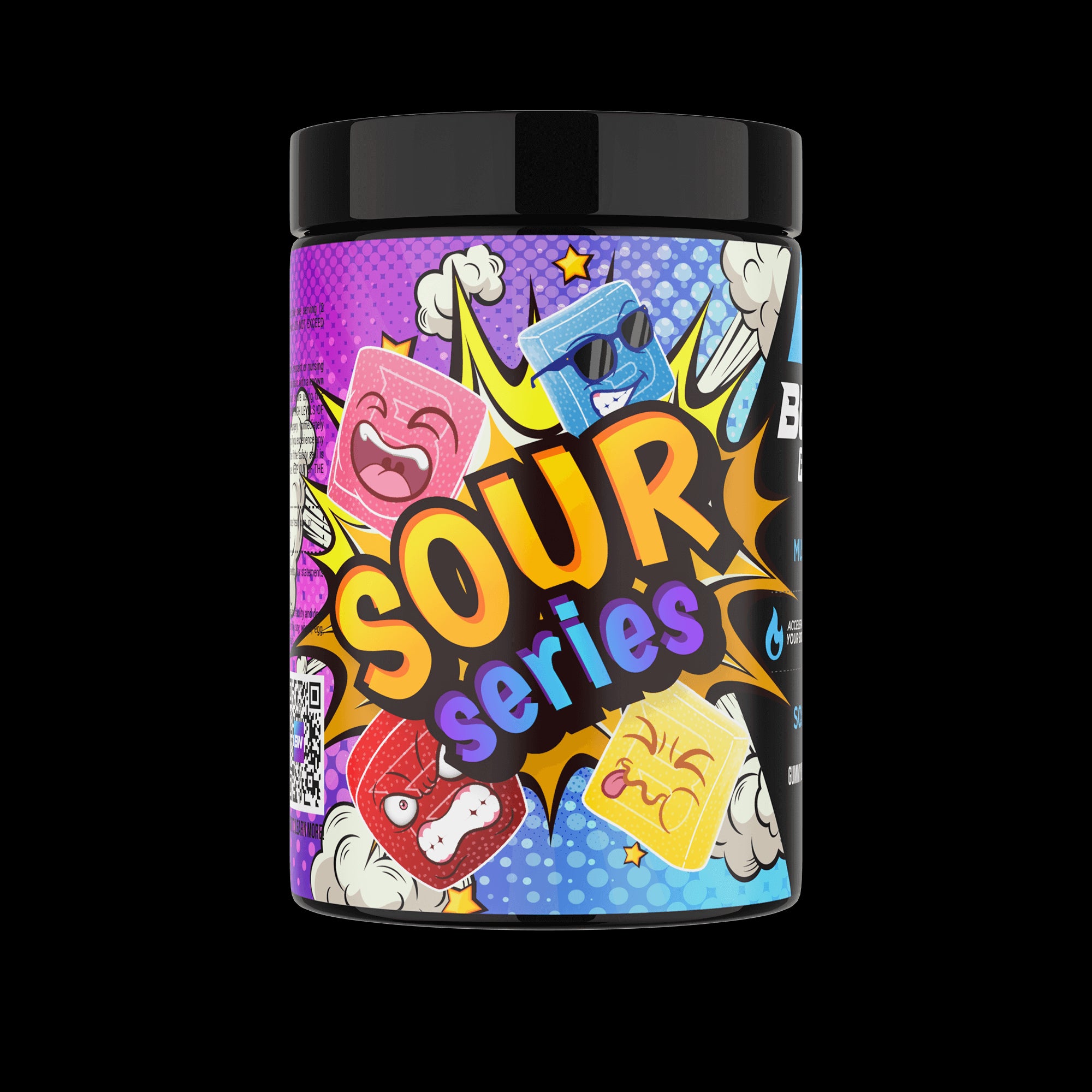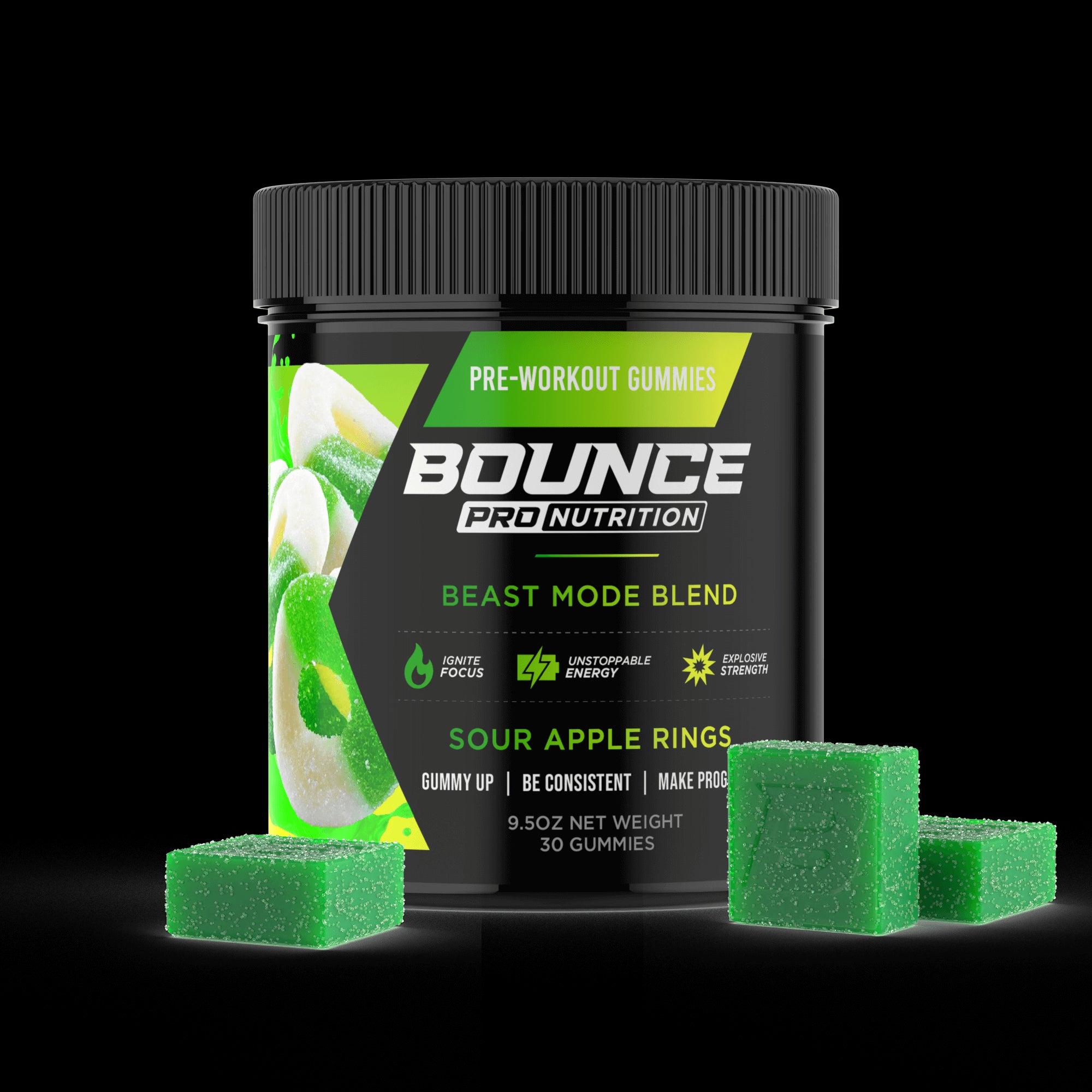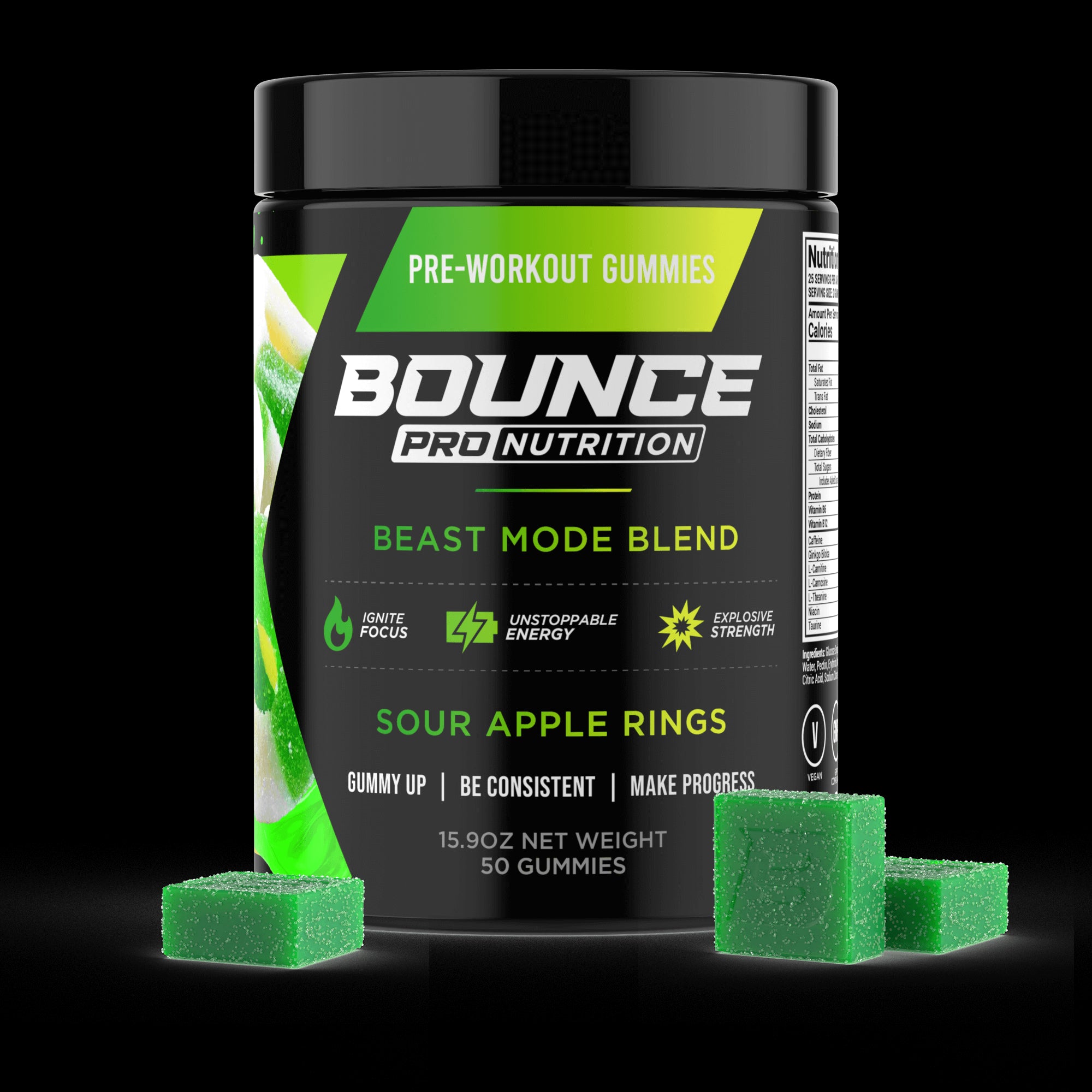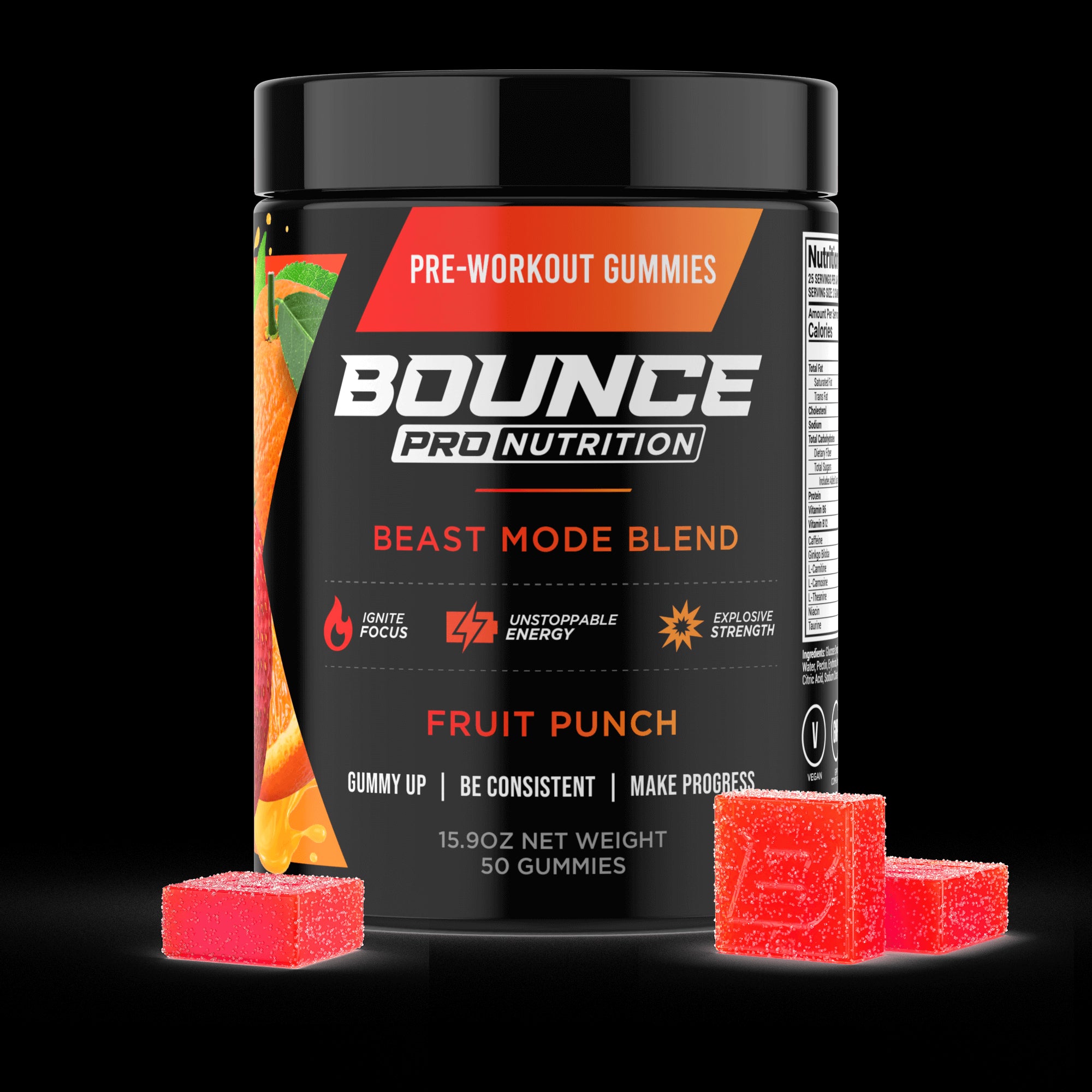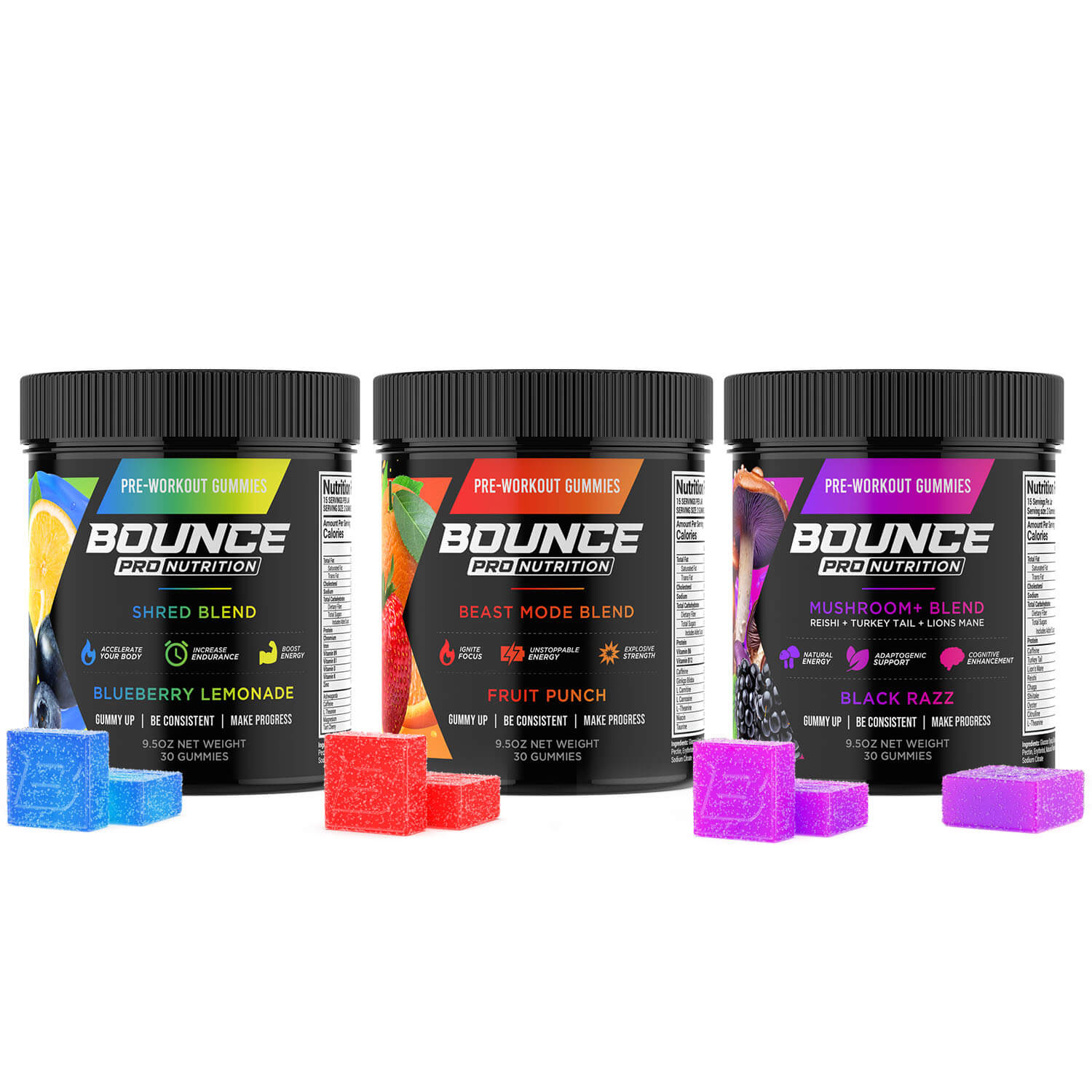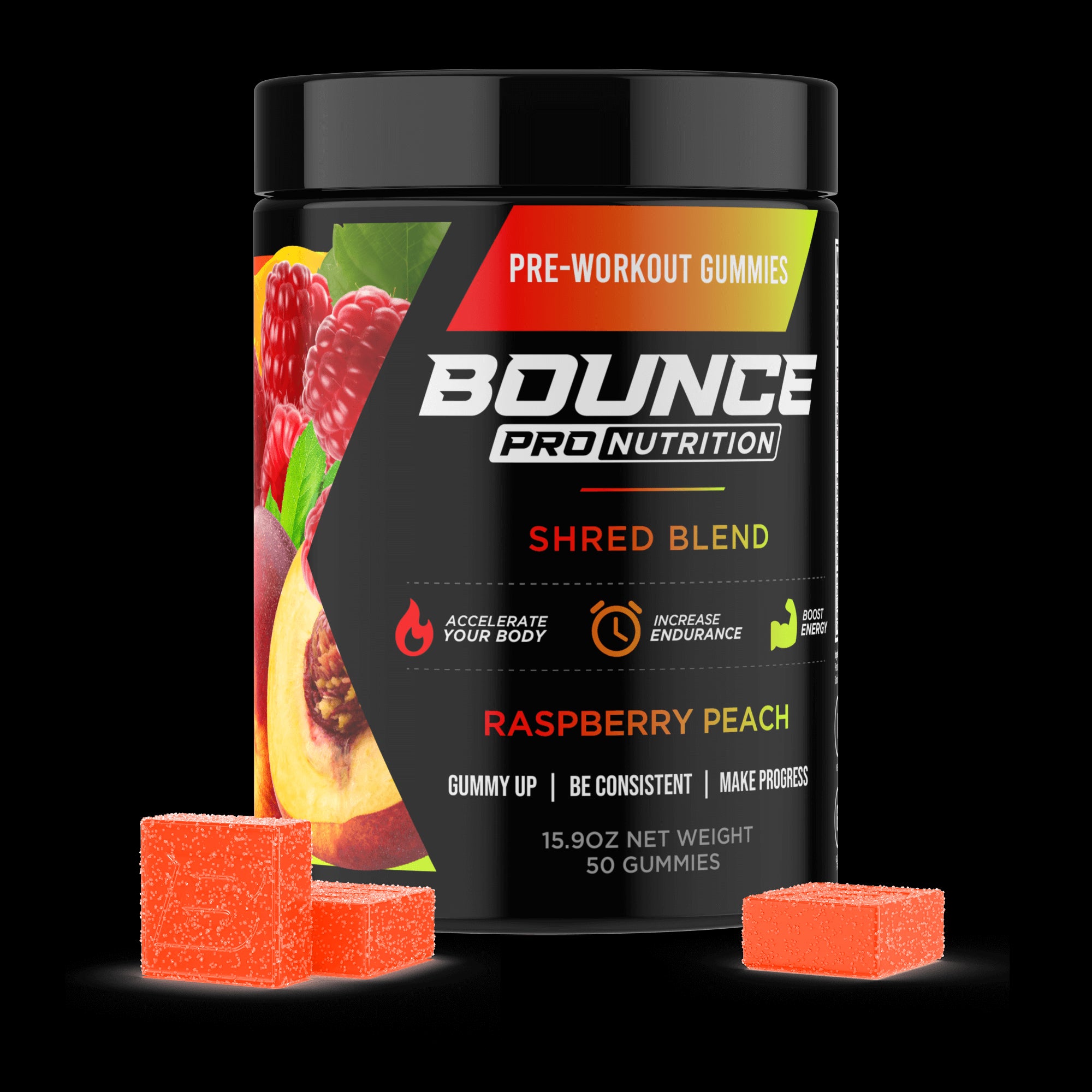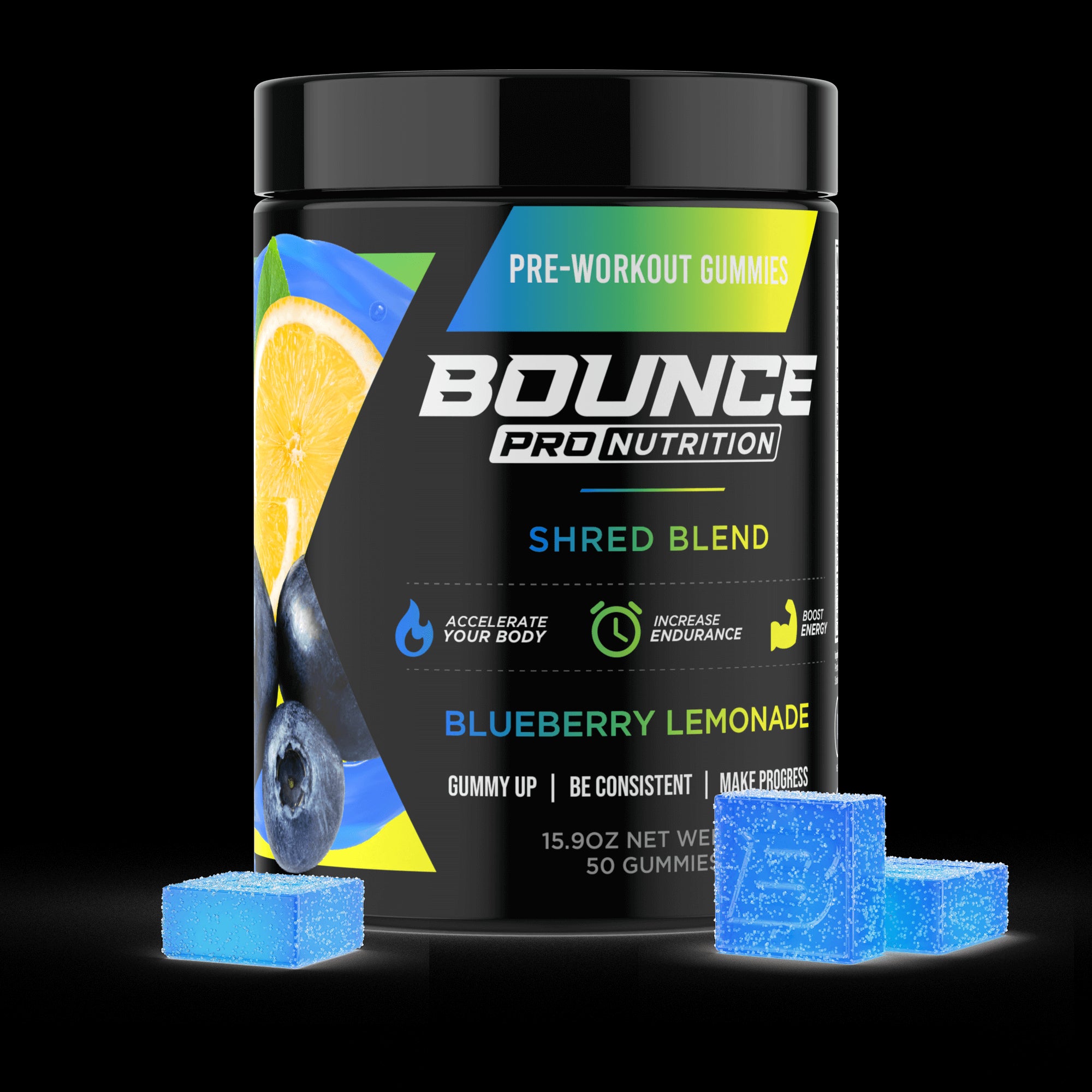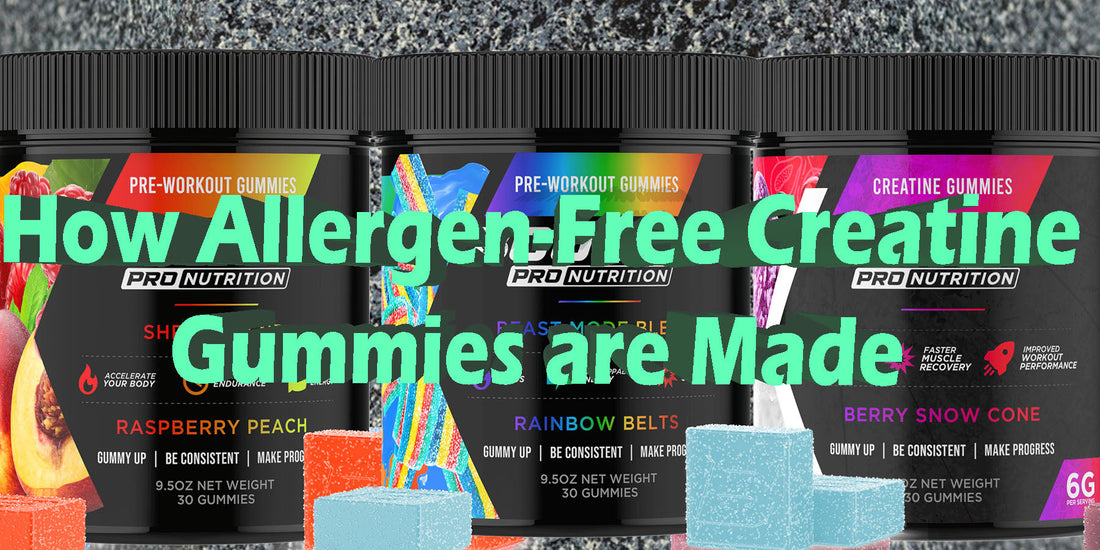Imagine a world where building muscle and enjoying a tasty treat go hand-in-hand, regardless of your allergies. Forget the days of worrying about hidden ingredients or compromising your dietary needs. We're about to unlock the secrets behind allergen-free creatine gummies, a revolutionary supplement that's changing the fitness landscape. These aren't your average gummies; they're a testament to the dedication and scientific precision involved in creating a product that's both safe and effective for everyone.
Get ready to explore the fascinating journey from raw ingredients to finished product, where inclusivity meets innovation. This is the future of fitness nutrition, where everyone can experience the benefits of creatine without compromise.
TO BUY CREATINE GUMMIES CLICK HERE
What is Creatine and Its Purposes?
Creatine, a naturally occurring nitrogenous organic acid, plays a pivotal role in energy production, particularly during high-intensity, short-duration activities. It's primarily stored in skeletal muscle, where it acts as a rapid energy reserve. When you engage in intense exercise, your body uses adenosine triphosphate (ATP) for energy.
Creatine phosphate donates a phosphate group to ADP (adenosine diphosphate), rapidly regenerating ATP, thus sustaining high-intensity efforts. This process is crucial for activities like weightlifting, sprinting, and other explosive movements. Beyond physical performance, creatine also influences cognitive function, potentially improving short-term memory and reducing mental fatigue.
The body naturally produces creatine in the liver, kidneys, and pancreas, but the amount is often insufficient to maximize performance and potential benefits. Supplementation can elevate muscle creatine stores, leading to improved strength, power, and muscle mass.
This increased creatine availability not only enhances physical capabilities but also supports muscle recovery by reducing muscle damage and inflammation following intense exercise. It’s important to note that individual responses to creatine supplementation can vary, and factors like diet, training regimen, and genetics influence its effectiveness.
Creatine's influence extends beyond the gym, with research exploring its potential therapeutic applications. Its role in cellular energy metabolism makes it a subject of ongoing research, with scientists investigating its potential to support overall health and well-being. By enhancing cellular energy availability, creatine may contribute to improved cellular function and resilience, impacting various physiological processes.
What Does Allergen-Free Mean?
"Allergen-free" is a term that signifies the absence of substances that commonly cause allergic reactions. But what exactly are allergens, and why are they a concern? Allergens are substances that trigger the immune system in a harmful way, leading to a range of reactions from mild discomfort to life-threatening conditions. For individuals with food allergies, consuming even trace amounts of an allergen can trigger a cascade of symptoms, including hives, swelling, difficulty breathing, and digestive distress.
The most common food allergens, often referred to as the "Big 8", include milk, eggs, fish, crustacean shellfish, tree nuts, peanuts, wheat, and soybeans. These allergens are found in a wide variety of foods and ingredients, making it challenging for those with allergies to navigate the food landscape safely. However, allergens extend beyond the Big 8. Other potential allergens include sesame, sulphites, mustard, vinegar, ketchup, lupin, and mollusks, among others. The severity of allergic reactions can vary greatly from person to person, and some individuals may be more sensitive to certain allergens than others.
For manufacturers, creating allergen-free products involves a multi-faceted approach . It starts with careful sourcing of ingredients, ensuring they are free from any potential allergens. This often means working with suppliers who can provide certifications and documentation to verify the allergen-free status of their creatine gummies products. Furthermore, production facilities need to implement strict protocols to prevent cross-contamination. This may involve dedicated allergen-free production lines, separate equipment, and thorough cleaning procedures to avoid any contact with allergenic substances.
The commitment to ‘allergen-free’ goes beyond simply removing the most common allergens; it's about creating a safe and inclusive environment for consumers with a wide range of dietary needs. It involves rigorous testing and analysis to verify the absence of allergens, clear and accurate labeling to inform consumers, and ongoing efforts to stay informed about emerging allergens and best practices in allergen management.
What are Allergen-Free Creatine Gummies Then?
Allergen-free creatine gummies are a specialized type of dietary supplement that combines the muscle-building benefits of creatine with the safety and inclusivity of an allergen-free formulation. These gummies are meticulously crafted without any ingredients that commonly trigger allergic reactions, making them suitable for individuals with food allergies or sensitivities. They offer a safe and effective way to enhance muscle strength, power, and size, while adhering to strict dietary restrictions.
These gummies typically contain creatine monohydrate, a compound known for its ability to enhance athletic performance and promote muscle growth. However, unlike traditional creatine supplements, they are carefully formulated to exclude common allergens like we mentioned.
In turn, this permits individuals with dietary restrictions to enjoy the benefits of creatine supplementation without the risk of experiencing an allergic reaction. The goal is to provide an inclusive and accessible supplement that caters to a wide range of dietary needs and preferences, ensuring that everyone can experience the benefits of creatine without compromise.
How Allergen-Free Creatine Gummies are Made
The production of allergen-free creatine gummies is a complex and meticulous process that demands strict adherence to safety and quality standards. Manufacturers must carefully select allergen-free ingredients, maintain a controlled production environment, and employ rigorous testing procedures to ensure the final product is safe for consumption by individuals with allergies. This involves a combination of scientific expertise, ethical sourcing, and manufacturing precision to create a supplement that is both effective and inclusive.
Before covering specific steps involved, it's crucial to understand that preventing cross-contamination is paramount in allergen-free production. This means that manufacturing facilities often have dedicated allergen-free production lines and employ strict protocols to avoid any contact with allergenic ingredients. The entire process is conducted in a controlled and hygienic environment to ensure product safety and maintain the integrity of the allergen-free claim. Each stage is closely monitored and documented to ensure consistency and traceability, providing consumers with confidence in the final product.
Step 1: Ingredient Selection
The foundation of any high-quality allergen-free creatine gummy lies in the careful selection of its ingredients. Manufacturers prioritize sourcing ingredients that are certified allergen-free and meet stringent quality standards. This involves working with trusted suppliers who can provide detailed documentation and certifications to verify the absence of common allergens in their products.
Pure creatine monohydrate is sourced from suppliers who guarantee its purity and allergen-free status. Natural sweeteners, flavorings, and gelling agents are also selected based on their allergen-free status and compliance with quality standards. Each ingredient undergoes rigorous testing and analysis to ensure its purity and compliance with allergen-free standards.
Step 2: Creating the Base Mixture
Once the allergen-free ingredients have been selected and verified, the next step involves creating the base mixture. This is a critical stage that requires precise measurements and controlled conditions to ensure consistency and quality. The allergen-free gelling agent, often pectin or tapioca starch, is carefully dissolved in purified water and heated to a specific temperature to activate its gelling properties.
The creatine monohydrate is then added to the mixture, ensuring it is fully dissolved and evenly distributed. Natural sweeteners and flavorings are incorporated, and the entire mixture is thoroughly blended to create a homogenous solution. The viscosity and temperature of the mixture are closely monitored to achieve the desired consistency, ensuring that the gummies will have the correct texture and mouthfeel.
Step 3: Pouring and Molding the Gummies
With the base mixture prepared, the next step is to pour it into molds. These molds are typically made from food-grade silicone, chosen for its flexibility and non-stick properties, which allow for easy release of the creatine gummies once they have set. The pouring process is carefully controlled to ensure that each mold is filled evenly and to the correct level, preventing variations in size and shape. Automated dispensing systems are often used to ensure precision and consistency.
The molds are then placed in a temperature-controlled cooling chamber or allowed to set at room temperature, depending on the specific formulation and gelling agent used. This cooling process allows the gelling agent to solidify, transforming the liquid mixture into chewy gummies.
Step 4: Removal from Molds
After the gummies have fully set, they are carefully removed from the molds. This process requires gentle handling to prevent damage to the delicate gummies. The flexibility of the silicone molds allows for easy release, ensuring that the creatine gummies retain their intended shape and texture. The removed gummies are placed on clean, sanitized surfaces or trays for further processing.
Essentially, this step is crucial in maintaining the aesthetic appeal and structural integrity of the final product, ensuring that each gummy is visually appealing and free from defects.
Step 5: Quality Control
Quality control is a paramount aspect of the manufacturing process, ensuring that the final product meets the highest standards of safety and efficacy, especially regarding allergen-free claims. The allergen-free creatine gummies are meticulously inspected for shape, size, consistency, and appearance. They are also checked to ensure that the correct amount of creatine is distributed evenly across all gummies.
Advanced analytical techniques, such as ELISA (enzyme-linked immunosorbent assay) or PCR (polymerase chain reaction), are used to verify the absence of allergens and ensure that the product meets the strict allergen-free standards. Any gummies that don't meet the stringent quality standards, including those with any signs of allergen contamination, are discarded, preventing them from reaching consumers.
This rigorous inspection process guarantees that only the highest quality gummies are packaged and sold, providing consumers with a safe and effective allergen-free supplement.
Step 6: Coating and Drying
To enhance the texture and prevent sticking, some manufacturers apply a light coating to the creatine gummies. This coating must also be allergen-free and may consist of a natural food-grade wax, such as carnauba wax, or a light dusting of tapioca starch.
The gummies are then placed in a controlled drying chamber to remove any excess moisture and further solidify their texture. This drying process is carefully monitored to prevent the gummies from becoming too hard or brittle, ensuring that they maintain their desired chewy consistency. The point: craft a product that has a pleasant mouthfeel and a smooth, non-sticky surface, enhancing the overall consumer experience.
Step 7: Sorting
After the coating and drying process, the creatine gummies are sorted to remove any that are misshapen, damaged, or otherwise defective. This sorting process is typically done using automated optical sorting equipment or by trained personnel. The sorted gummies are then ready for packaging, ensuring that only the best quality products reach the consumer. This step ensures that the final product is uniform and visually appealing.
Step 8: Packaging and Labeling
The sorted creatine gummies are packaged in airtight containers or pouches to maintain their freshness and prevent moisture absorption. The packaging is designed to protect the gummies during transport and storage, ensuring that they remain in optimal condition. The labels are carefully printed with accurate information about the ingredients, nutritional content, and recommended usage, clearly stating that the product is allergen-free and listing any potential cross-contamination risks.
This labeling process ensures that consumers have access to comprehensive and accurate information about the product, allowing them to make informed decisions.
Step 9: Final Inspection
Before the packaged creatine gummies are shipped, they undergo a final inspection to ensure that they meet all quality and safety standards. This inspection includes checking the packaging for any damage or defects, verifying that the labels are accurate and legible, and ensuring that the product remains free from any potential allergen contamination (more accurately termed allergen cross-contact). For those who don’t know, this occurs when a food allergen unintentionally transfers
to another food or surface. This can happen during food preparation, processing, or serving, and even trace amounts of an allergen can trigger a potentially dangerous allergic reaction in sensitive individuals. This final step guarantees that the product is ready for distribution and consumption, providing consumers with a safe and high-quality allergen-free supplement.
Considerations for Companies Making Allergen-Free Creatine Gummies
Companies producing allergen-free creatine gummies must navigate a complex landscape of dietary restrictions, quality control, and consumer expectations. They must prioritize product safety, ingredient transparency, and strict adherence to allergen-free standards to build trust with consumers and ensure the efficacy of their supplements. This requires a commitment to ethical sourcing, rigorous testing, and continuous improvement in their manufacturing processes.
Furthermore, companies need to stay informed about the evolving landscape of allergen research and regulations. As new allergens are identified and labeling requirements change, companies must adapt their practices to ensure ongoing compliance and consumer safety. This involves staying up-to-date with the latest scientific research, collaborating with allergists and regulatory bodies, and actively engaging with the allergy community to understand their needs and concerns.
Consideration #1: Risk Assessment and Prevention
Conducting a thorough risk assessment is crucial to identify potential sources of allergen contamination throughout the entire production process. This involves evaluating ingredients, equipment, production lines, and packaging materials for potential risks. Companies should then implement preventive measures to mitigate these risks, i.e.: using dedicated allergen-free equipment, implementing strict cleaning protocols, and controlling air circulation in production facilities.
Consideration #2: Supplier Collaboration and Verification
Working closely with suppliers is essential to ensure the integrity of allergen-free claims. Companies should establish strong relationships with trusted suppliers who can provide detailed documentation and certifications to verify the allergen-free status of their ingredients. This involves conducting audits and regular testing of incoming raw materials to ensure compliance with allergen-free standards. Transparent communication and collaboration with suppliers are crucial for maintaining the integrity of the supply chain and ensuring product safety.
Consideration #3: Consumer Education and Engagement
Educating consumers about food allergies and the company's commitment to allergen-free production is essential for building trust and empowering informed choices. Companies should provide clear and accessible information about their allergen-free protocols, testing procedures, and labeling practices on their websites and marketing materials. Engaging with the allergy community through social media, support groups, and educational events can further strengthen the company's commitment to inclusivity and consumer well-being.
Now You Know the Allergen-Free Creatine Gummies Creation Process
The journey from carefully selected allergen-free ingredients to a muscle-boosting gummy is a testament to the dedication and innovation behind creating inclusive and safe supplements. It's a process that seamlessly blends scientific rigor with manufacturing expertise, ensuring that individuals with allergies can enjoy the benefits of creatine supplementation without compromise.
The next time you reach for an allergen-free creatine gummy, envision the meticulous steps involved in its creation, from the stringent sourcing protocols to the rigorous testing that guarantees its purity. Overall, these gummies truly represent a shift towards a more inclusive approach to fitness nutrition, where dietary needs are met without sacrificing performance or enjoyment.
They embody the power of mindful manufacturing, demonstrating that it's possible to create delicious and effective supplements that cater to a wide range of dietary restrictions and preferences. So, embrace the convenience and benefits of allergen-free creatine gummies, knowing that they are the result of a carefully orchestrated process designed to support your fitness journey while prioritizing your health and well-being.

